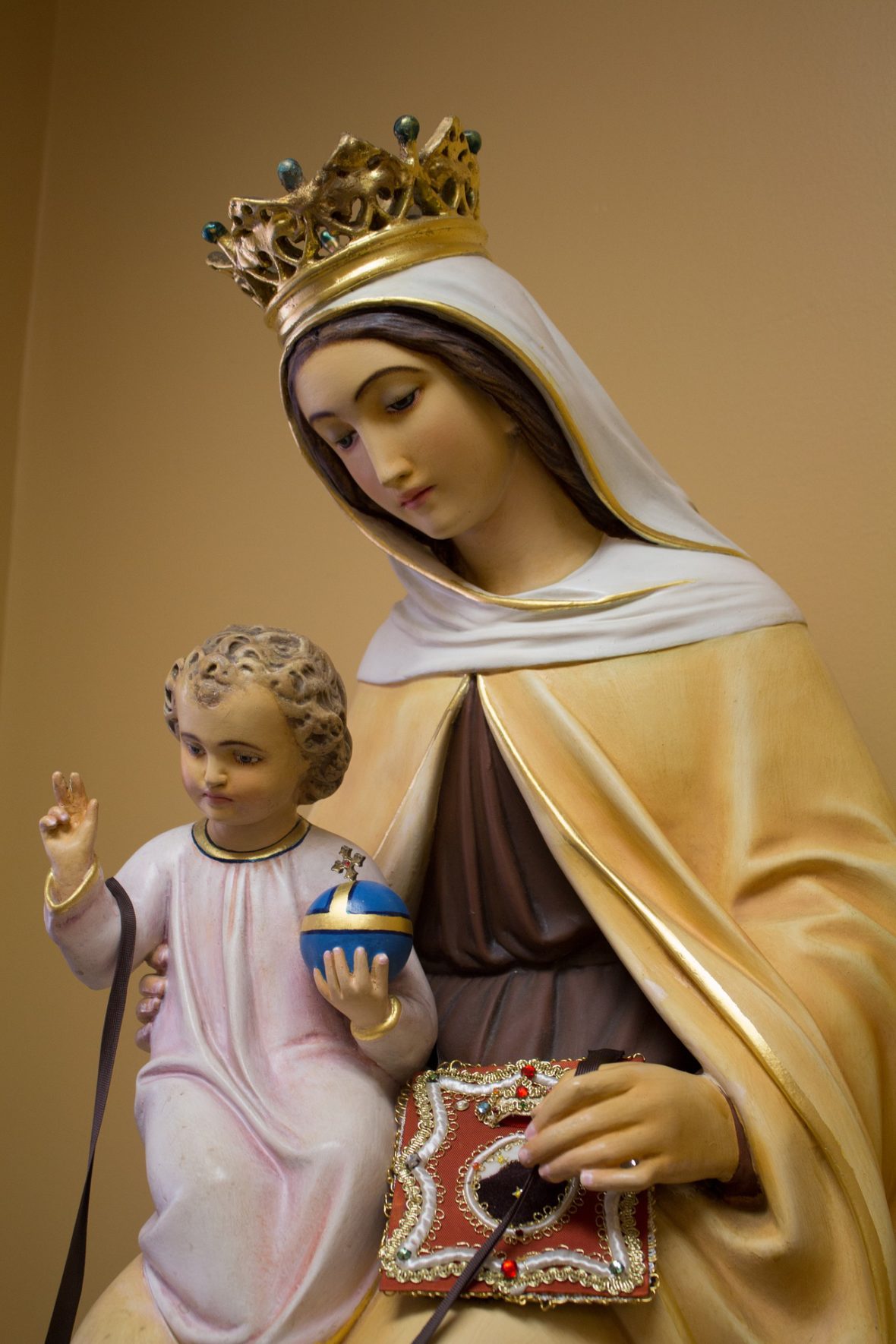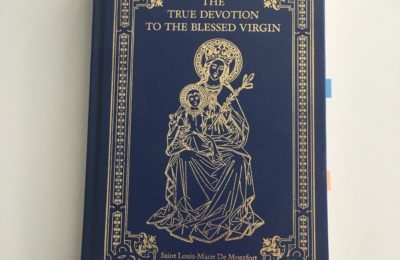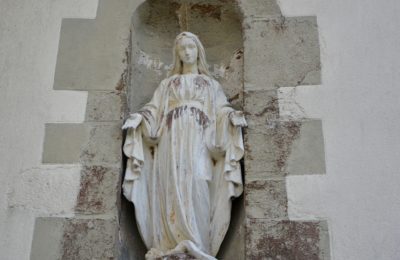“My soul magnifies the Lord, and my spirit rejoices in God my Savior, because He has regarded the lowliness of His handmaid; for behold henceforth all generations will call me blessed because He Who is mighty has done great things for me, and holy is His Name; and His Mercy is from generation to generation to those who fear Him. He has shown might with His Arm, He has scattered the proud in the conceit of their heart. He has put down the mighty from their thrones and has exalted the lowly. He has filled the hungry with good things, and the rich He has sent away empty. He has given help to Israel, His servant, mindful of His mercy – even as He Spoke to our fathers, to Abraham and to His posterity forever.” (Luke 1:46-55)
The words (above) are the text of the Canticle of Mary, or the Magnificat, from the Gospel of Luke. Our Lady spoke these words to her cousin, St. Elizabeth, when she visited her after the Annunciation.
“After the Virgin Mary greeted St. Elizabeth, who was carrying the future St. John the Baptist, the child moved in St. Elizabeth’s womb. When St. Elizabeth praised the Immaculate Virgin for her faith, Our Lady said the words of what is now known as the Magnificat in response. It is a prayer of praise for the inestimable favor bestowed by God on the Virgin, for the mercies shown to Israel, and for the fulfillment of the promises made to Abraham and to the Patriarchs.
The hymn forms a part of the Daily Office in the Roman Catholic Vespers service. The Magnificat is assigned to Vespers because the world was saved in its eventide by the assent of Mary to the Divine plan of Redemption.” source
This song, or prayer, is prayed every evening by monks, priests, and nuns in the Catholic church.*
Yesterday, I heard a homily by a French priest, who recommended that those present at the Mass, pray this prayer every day in union with our “sweet Mother.”
Today is the feast of Our Lady of Mount Carmel.
“The Carmelites consider the Blessed Virgin Mary to be a perfect model of the interior life of prayer and contemplation to which Carmelites aspire, as well as a model of virtue, in the person who was closest in life to Jesus Christ. She is seen as the one who points Christians most surely to Christ. As she says to the servants at the wedding at Cana, ‘Do whatever he [Jesus] tells you.’ Carmelites look to the Virgin Mary as a Spiritual Mother. The Stella Maris monastery (Star of the Sea) on Mount Carmel, named after a traditional title of the Blessed Virgin Mary, is considered the spiritual headquarters of the order.
Fr. Gabriel of St. Mary Magdalene de’ Pazzi, OCD, a revered authority on Carmelite spirituality, wrote that devotion to Our Lady of Mount Carmel means:
‘…a special call to the interior life, which is preeminently a Marian life. Our Lady wants us to resemble her not only in our outward vesture but, far more, in heart and spirit. If we gaze into Mary’s soul, we shall see that grace in her has flowered into a spiritual life of incalculable wealth: a life of recollection, prayer, uninterrupted oblation to God, continual contact, and intimate union with him. Mary’s soul is a sanctuary reserved for God alone, where no human creature has ever left its trace, where love and zeal for the glory of God and the salvation of mankind reign supreme. […] Those who want to live their devotion to Our Lady of Mt. Carmel to the full must follow Mary into the depths of her interior life. Carmel is the symbol of the contemplative life, the life wholly dedicated to the quest for God, wholly orientated towards intimacy with God; and the one who has best realized this highest of ideals is Our Lady herself, ‘Queen and Splendor of Carmel’.'” source
Praying the Magnificat with our “sweet Mother,” as recommended by the French priest, is surely a way to enter into the spirit of Carmel, which is an interior union with the heart and spirit of the Blessed Virgin Mary, who is the Flower of Carmel.
I hope you are enjoying the summer.
Have a beautiful day!
•SCF
•Image: Our Lady of Mt. Carmel
*general information on the Magnificat.






